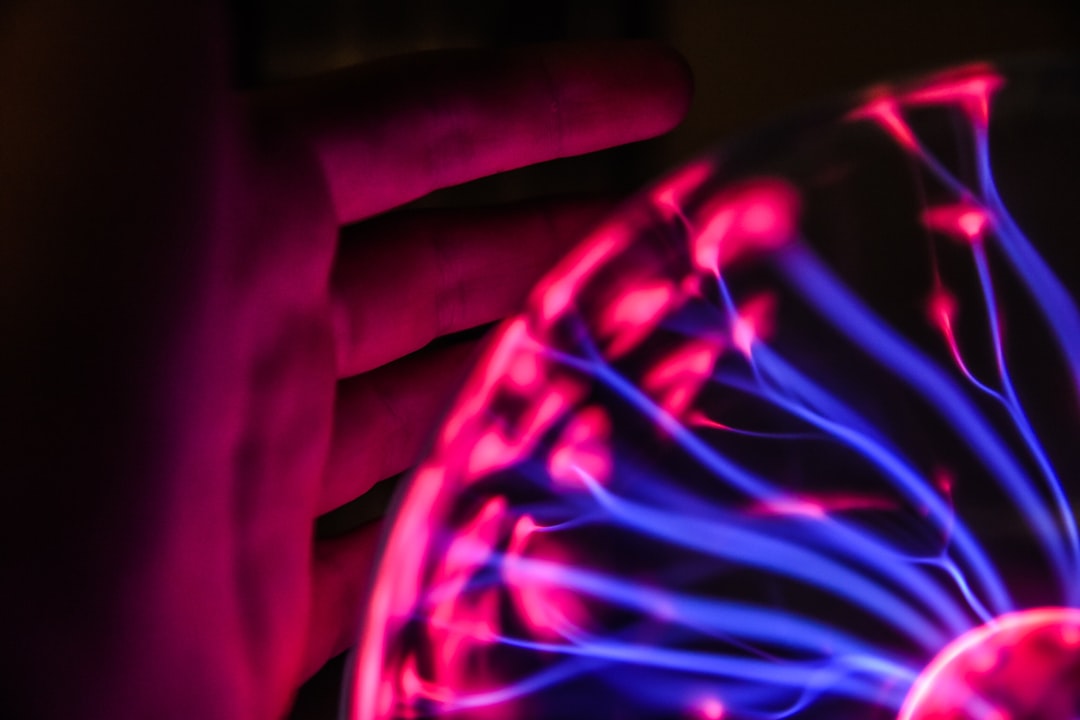What is it about?
The autonomous swimming of fish in a complex flow environment is a nonlinear and intricate system, which is the focus and challenge in various fields. This study proposed a novel simulation framework for artificial intelligence fish. It employed a high-precision Immersed boundary-Lattice bolzmann coupling scheme to simulate the interactions between fish and flow in real time, and utilises the soft actor-critic (SAC) deep reinforcement learning algorithm for fish brain decision-making module, which was further divided into a vision-based directional navigation and a lateral line-based flow perception modules, each matched with its corresponding macro-action space. The flow features were extracted using a deep neural network based on a multi-classification algorithm from the data perceived by the lateral line and were linked to the fish actions. The predation swimming and the various Kármán gait swimming were explored in terms of training, simulation, and generalisation. Numerical results demonstrated significant advantages in the convergence speed and training efficiency of the SAC algorithm. Owing to the closed-loop ``perceive-feedback-memory'' mode, intelligent fish can respond in real-time to changes in flow fields based on reward driven requirements and experience, the accumulated experience can be directly utilized in other flow fields. It’s adaptability, model training efficiency, and generalisation were substantially improved.
Featured Image

Photo by Pawel Czerwinski on Unsplash
Why is it important?
The study of swimming behavior in aquatic organisms, such as fish, constitutes a complex interdisciplinary inquiry encompassing ichthyology, fluid mechanics, bionics, robotics, computer science, mechanical engineering, and control science. Investigating the swimming behavior of aquatic organisms holds profound scientific significance and expansive application prospects. This includes, but is not limited to: 1. Designing highly efficient and energy-saving biomimetic underwater robots. 2. Inspiring and aiding in the design and control of swarm robotics for underwater robot formations, thereby enhancing operational efficiency to meet both military and civilian demands and facilitating the more efficient exploration and utilization of marine resources. 3. Providing a scientific basis for interpreting the diverse natural phenomena and underlying mechanisms in the natural world.
Perspectives
It is a privilege to have participated as one of the researchers in this study. This research represents a robust attempt at applying deep reinforcement learning to the simulation of fish swimming behavior, contributing to the technical foundation of the digital twin field within the realms of hydraulic and ecological environmental engineering.
Tao Li
Chongqing Jiaotong University
Read the Original
This page is a summary of: A numerical simulation research on fish adaption behavior based on deep reinforcement learning and fluid–structure coupling: Implementation of the “perceive-feedback-memory” control system, Physics of Fluids, January 2024, American Institute of Physics,
DOI: 10.1063/5.0184690.
You can read the full text:
Contributors
The following have contributed to this page










